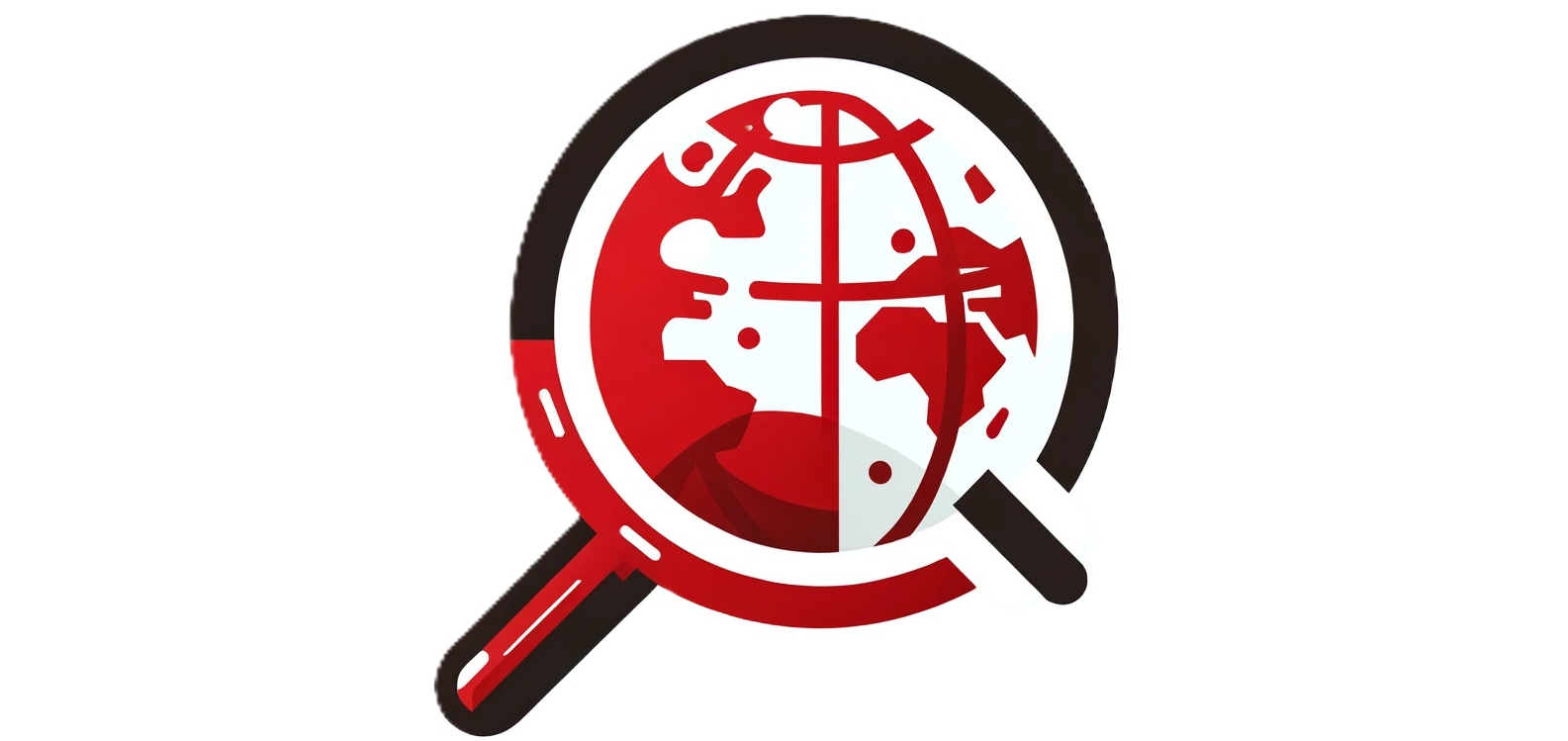China supplies over 60% of the world’s footwear. According to Footwear Distributors and Retailers of America (FDRA), America imports 99% of all shoes that it sells, with 70% coming from China. Similarly, Europe, sources footwear from developing markets in Asia, in particular China.
Product export types
The footwear sector is a diverse industry. It covers a wide variety of materials, including textiles, plastics, rubber, leather, and more. Products also range from men’s and women’s shoes to different activities, such as protective footwear, sneakers, fashionable shoes, and so on.
When importing from China, the first key step is to determine product classification according to China’s Harmonized Tariff Schedule (HS) codes. The HS Code for a product determines its duty rate, applicable free trade agreements, regulations, and more. It is important to identify the footwear type and specifications before the importation process.
Footwear sourcing in China
Footwear sourcing has become increasingly complex, as footwear manufacturing shifts globally, and markets become more diversified. To maintain quality, your company’s sourcing strategy should be consistent with your overall brand positioning. This may include product design, style, cost, and quality factors.
The best Chinese markets for sourcing footwear are production hubs of the footwear industry. They respond to the entire supply chain, including raw materials, fabric production, footwear accessories, shoe and sole factories, and more. The major footwear production hubs in China include Guangdong, Fujian, and Zhejiang Provinces.
It is essential to oversee the entire footwear trading process, starting from sourcing, to manufacturing, to international transportation, and customs clearance. This, to ensure the safe delivery and efficient operations of the whole supply chain.
Import regulations and compliance
In the demanding world of footwear and shoes, flaws and failure to meet regulations can damage your sales and your brand.
The General Product Safety Directive (GPSD) oversees footwear imports in the European Union. Importers must also ensure proper labeling, according to the European Labeling Directive for Footwear. In addition, it is important to follow REACH compliance, as it is mandatory when importing footwear or any other consumer products.
For the US importers, it is mandatory to comply with all relevant ASTM standards. For children’s footwear, CPSIA regulation also applies. The relevant regulations are as follows:
- Consumer Product Safety Improvement Act of 2008 (CPSIA): Children’s footwear
- ASTM F-2412-2005 Standard Test Methods for Foot Protection (Protective Footwear)
- ASTM F-2413-2005 Standard Specification for Performance Requirements (Protective Footwear)
- ANSI Z41-1999 American National Standard for Personal Protection (Protective Footwear)
- ANSI Z41-1991 American National Standard for Personal Protection (Protective Footwear)
About AQM BD
AQM BD offers expert guidance in conforming to industry, regulatory, and a customer’s exacting standards, as well as compliance with USA, European and international directives, standards, and testing requirements. We test per AATCC, ASTM, REACH, ISO, SATRA, GB, and other related standards. Because reliable, high-quality footwear has a significant impact on customer satisfaction and brand success, working with AQM BD can help you avoid the issues that put your bottom line at risk.





